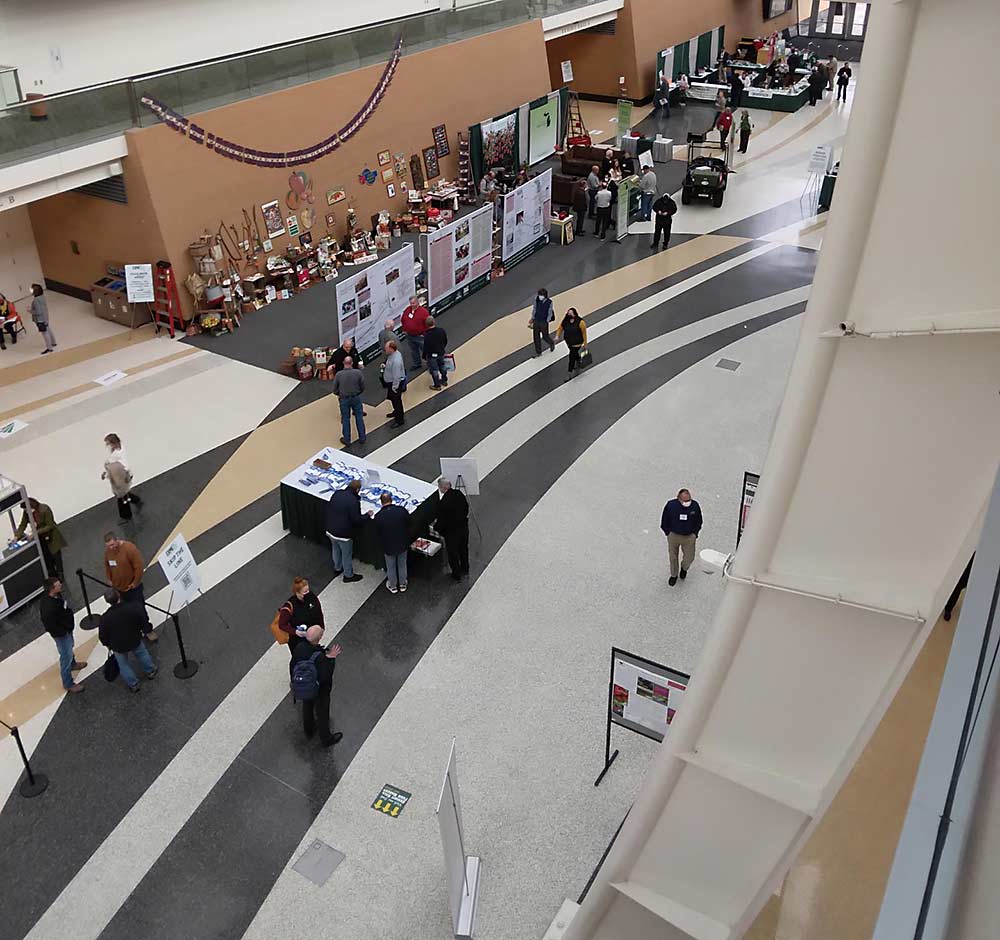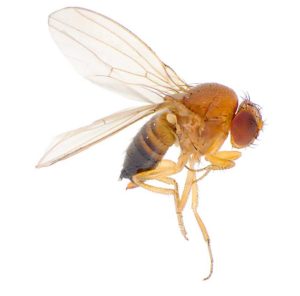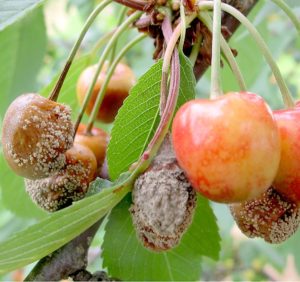
There were a lot of fruit educational sessions to cover during Day 2 of the 2021 Great Lakes Fruit, Vegetable and Farm Market EXPO, held Dec. 7–9 in Grand Rapids, Michigan.
During a morning blueberry session, Michigan State University entomologist Rufus Isaacs gave an update on management of spotted wing drosophila.
About a decade after SWD was first found in Michigan, forcing growers to scramble their integrated pest management programs, they now have a decent management toolbox to deal with the invasive pest.
With thorough scouting, on-farm monitoring and sampling programs, blueberry growers are starting to rebuild their IPM programs. Control methods such as behavioral manipulation are being studied, but Isaacs thinks the method of the future is biological control. He mentioned Ganaspis brasiliensis, a tiny wasp being studied by the federal government, as a potential biological control.
MSU nematologist Marisol Quintanilla discussed nematode management in blueberry fields. She started with plant-parasitic nematodes, which pierce the plant and suck its juices. The “bad guys” include: root lesion, dagger, ring, root knot, stubby root, lance and needle nematodes, she said.
Some of these nematodes cause replant problems, which reduce growth and vigor in newly planted bushes. Nematode feeding isn’t usually apparent aboveground; monitoring soils will keep growers informed. As for management, she recommended fumigation, cover cropping and planting new rows in between old rows. Once you detect dagger nematode, for example, there’s little you can do to stop it. Prevention is your best bet, she said.
In the cherry session, MSU plant bacteriologist George Sundin discussed American brown rot in cherries. The fungus infects sweet cherries and other stone fruit. Most sweet cherry varieties are very susceptible to brown rot, he said.
Brown rot favors warm, wet weather. Because it likes sugar, it prefers ripening cherries. It needs wounds to infect green cherries. The biggest inoculum source is fruit mummies on the ground. Twig and branch cankers and aborted fruit are other sources of spores, Sundin said.
For many years, growers relied on the fungicide Indar for brown rot control. Indar long provided excellent control, but historical reliance resulted in high resistance levels, to the point where growers can no longer rely on it. The fungicides Merivon, Miravis, Luna Sensation, Flint Extra and Cevya provide alternatives, he said.
Good coverage beforehand is the best protection strategy for brown rot. Once an infection starts, it’s too late, Sundin said.
—by Matt Milkovich








Leave A Comment